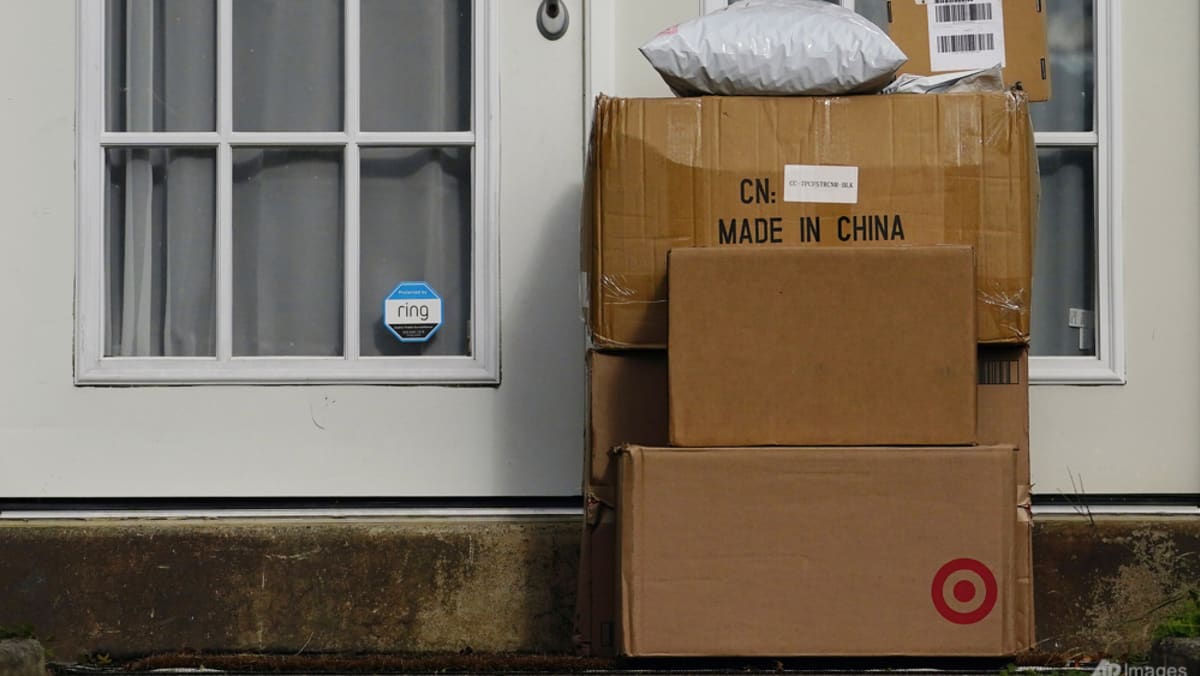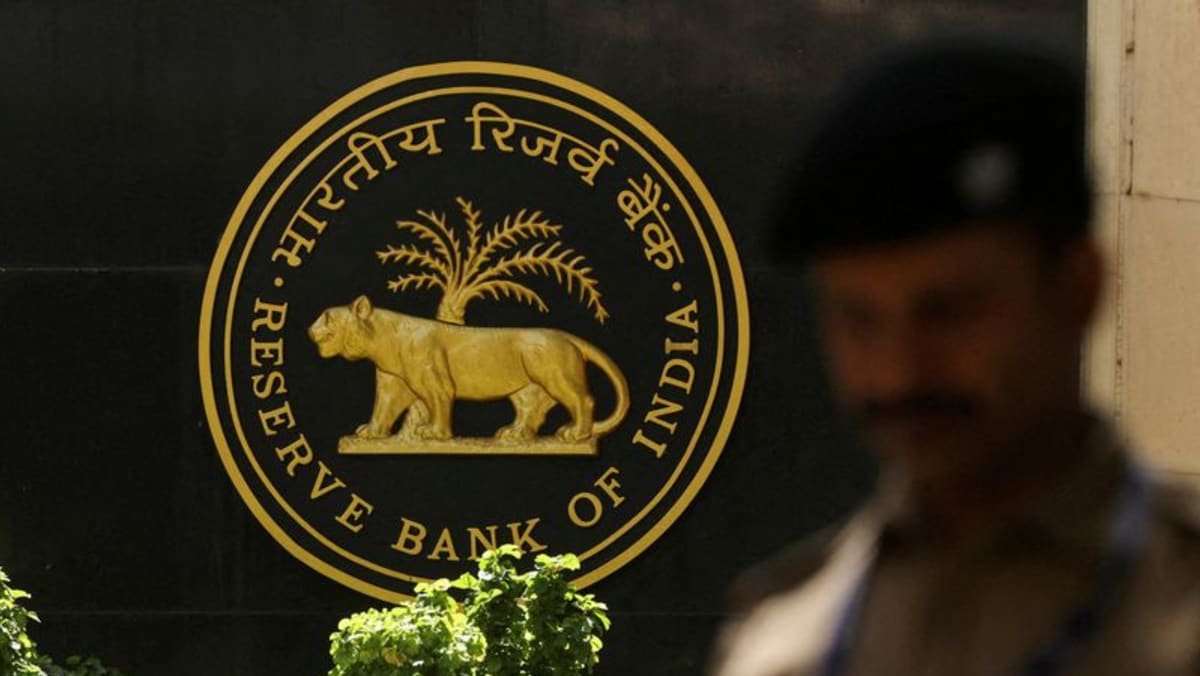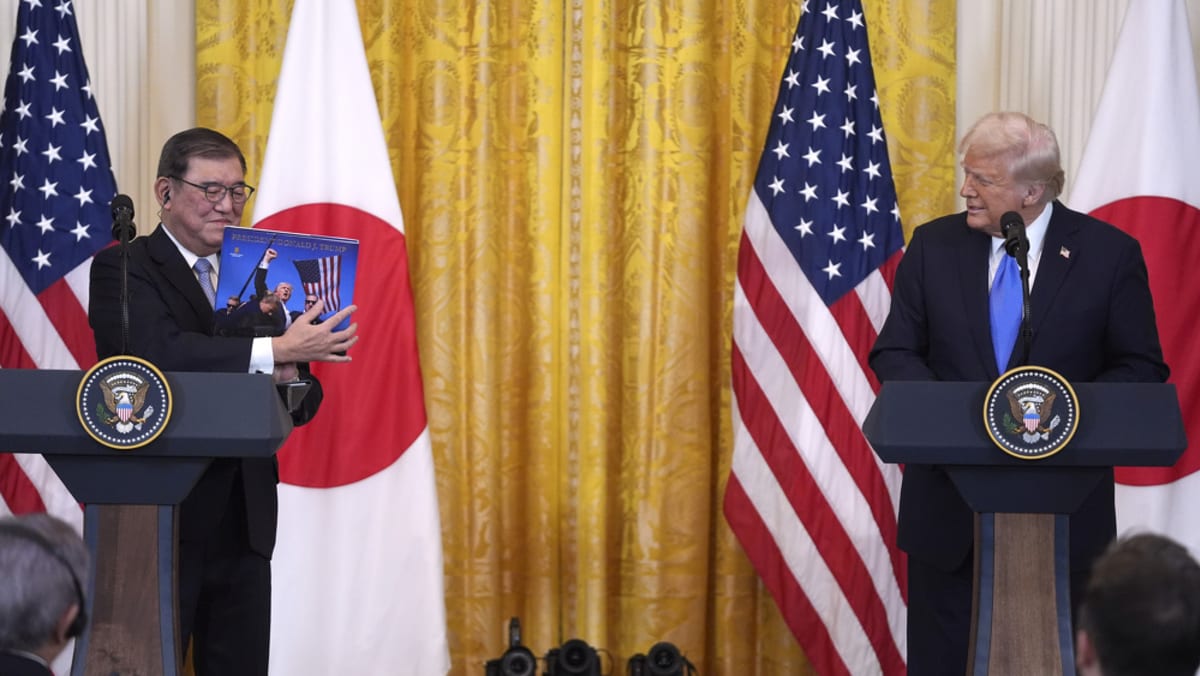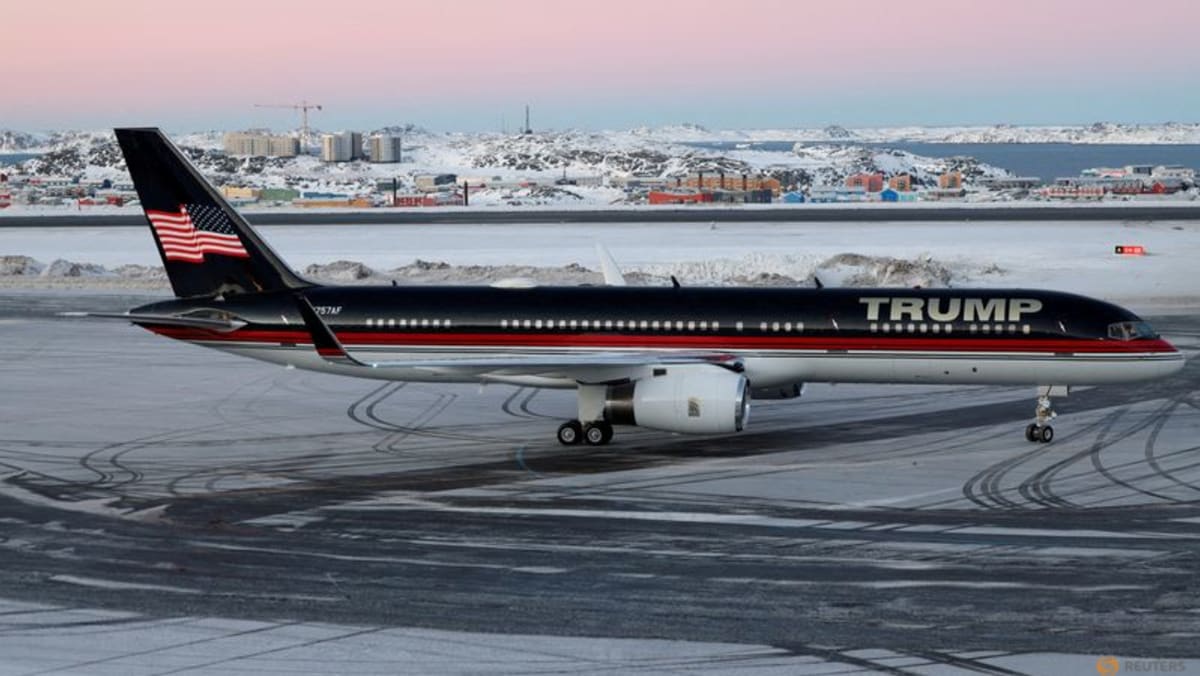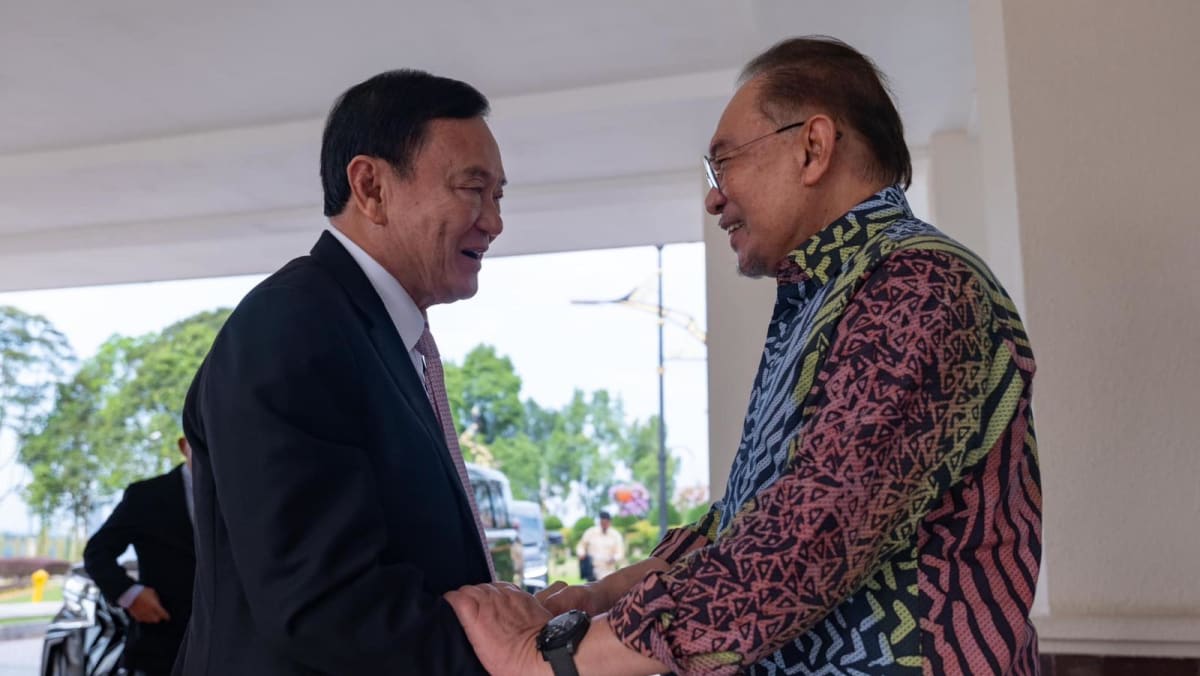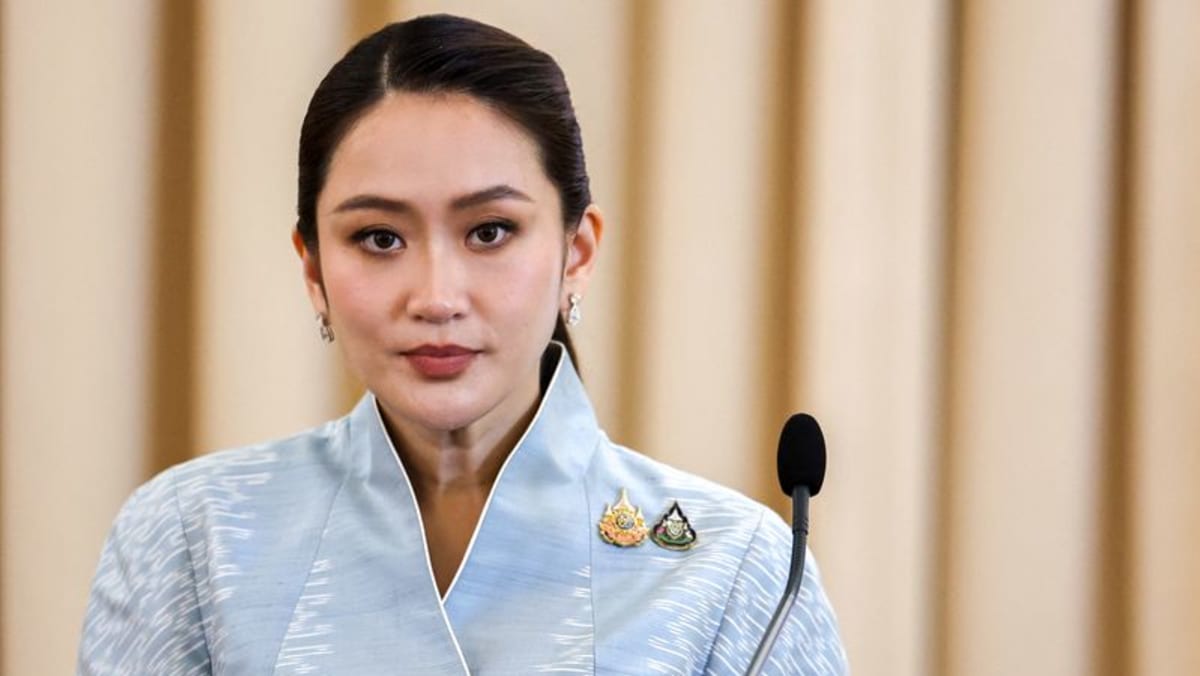WASHINGTON: United States President Donald Trump has paused imposing tariffs on small-value packages arriving from China, apparently to give federal agencies time to sort out how to process millions of such shipments that have come through the US border every day without paying taxes.
The executive order, dated Wednesday (Feb 5), did not say when the pause would end but said it would cease when the Department of Commerce could put in place “adequate systems” to “fully and expediently process and collect tariff revenue”.
“It’s just showing we’re moving fast, and the implications are not fully understood when some of these regulations are put in place,” said John Lash, group vice-president of product strategy at the supply chain platform e2open, pointing out that Trump’s order affected huge numbers of small packages, many in transit.
“The volumes are absolutely incredible,” Lash said.
“And all of a sudden, they go from not requiring filing (for tariffs) … to actually requiring full filing, which is a complicated task.”
Ending tariff exemptions on low-cost packages from China has broad bipartisan support in Washington, and Trump pulled the plug when he raised tariffs on Chinese goods by 10 per cent earlier this week.
Goods sent through duty-free packages became subject not only to existing tariffs – 25 per cent for many Chinese products – but also the new 10 per cent.
It marks another pause on Trump’s policies weeks into his second administration, including orders to impose tariffs on Mexico and Canada that were suspended after the two allies took steps to appease his concerns about border security and drug trafficking.
The US Postal Service, which would be burdened with collecting tariffs on small packages, on Tuesday announced it would not accept parcels from mainland China and Hong Kong, only to reverse the decision the next day. It said it would work with Customs and Border Protection to implement a collection process for the new tariffs.
“It’s one of those things where you put in any change so quickly it catches people unprepared,” Lash said.
Introduced in 1938, the so-called de minimis exception was intended to facilitate the flow of small packages valued at no more than US$5, the equivalent of about US$106 today.
The threshold increased to US$200 in 1994 and US$800 in 2016. But the rapid rise of cross-border e-commerce, driven by China, has challenged the intent of the decades-old customs exception rule.





